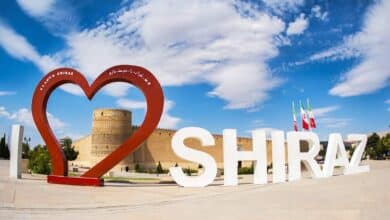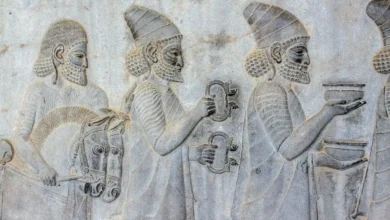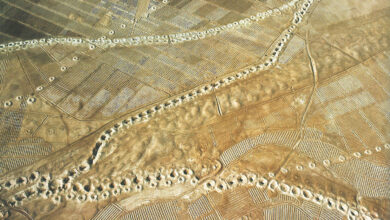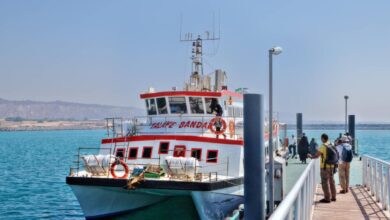
Iran’s colorful calendar overflows with joyous festivals and celebrations that hold a cherished place at the heart of Persian culture. The festive calendar intertwines ancient Persian rituals, Islamic holidays, and joyful national events.
These diverse festivities reflect how Iran’s identity has been shaped over centuries by different influences. By exploring some major Iranian festivals, we can appreciate the nation’s colorful living heritage.
Contents
Nowruz – The Persian New Year
This celebration is undoubtedly the most important and widely celebrated festival in Iran.
Nowruz, the most important festival in Iran, marks the Persian New Year and the first day of spring. Falling on the vernal equinox around March 20th or 21st, Nowruz celebrations date back over three millennia to ancient Zoroastrian traditions. The festival celebrates rebirth and renewal and the triumph of good over evil.

Marking the start of a new year, Iranians believe Nowruz is a time to let go of the old and welcome the new.
Extensive preparations take place in the weeks leading up to Nowruz. Homes are thoroughly cleaned, old belongings are discarded, and new clothes are bought. Grocery shopping is done to stock up on essential items for the festivities.
The most prominent tradition of Nowruz is the setting of the “Haft-Sin” table. Haft means ‘seven’ in Persian, and sin refers to the seven key items (Starting with the letter “Sin”) placed on a tablecloth to symbolize renewal, life, and blessing for the year ahead.
These include wheat or barley sprouts (sabzeh), garlic (sir), apples (sib), sumac berries (somaq), vinegar (serkeh), Samanu (a sweet paste), and gold coins. Other items like mirrors, Quran, The Divan of Hafez, candles, painted eggs, and bowls of goldfish may also adorn the table.

Families gather around the haft-sin on the eve of Nowruz awaiting the exact turn of the year. As soon as the new year begins, hugs, kisses, and greetings of “Eid-eh Shoma Mobarak” (happy new year) are exchanged.
Elders give out “Eidi”, a small amount of money or gifts, to children. The celebrations continue for two weeks as people visit relatives and friends, exchange gifts, and welcome the freshness of spring.
Sizdah Bedar – Picnicking in Nature
Sizdah Bedar is celebrated on the 13th day of Farvardin, marking the end of the Nowruz festivities.
The name means ‘thirteen outdoors’ as families spend the day picnicking in parks, gardens, or other green spaces. According to tradition, the angel of rain or good fortune remains in the household for the 12 days after Nowruz. On the 13th day, families should pack up their picnics and head outdoors to avoid ill fortune. Knotting blades of grass are thought to symbolically tie up any remaining bad luck.

On Sizdah Bedar, Iranian families lay out picnic spreads, with aromatic kebabs, steaming rice dishes, sweet tea, and bowls of the traditional noodle soup Ash-Reshteh. volleyball, badminton, Frisbee, and other outdoor sports are played while folk and pop music plays from speakers.
Yalda – The Longest Night
Yalda Night has been celebrated in Iran for over 5000 years and is one of the oldest Persian festivals.
Occurring on the ‘longest night’ or winter solstice of the year, Yalda welcomes the rebirth of the sun and victory of light over darkness.
Families and friends gather at the homes of elders till past midnight, enjoying fruit, dried nuts, and sweets like watermelon, pomegranates, and fresh pistachios. The red color of the watermelons symbolizes dawn and the amber hue of the ripe persimmons represents the sunrise to come after the longest night.
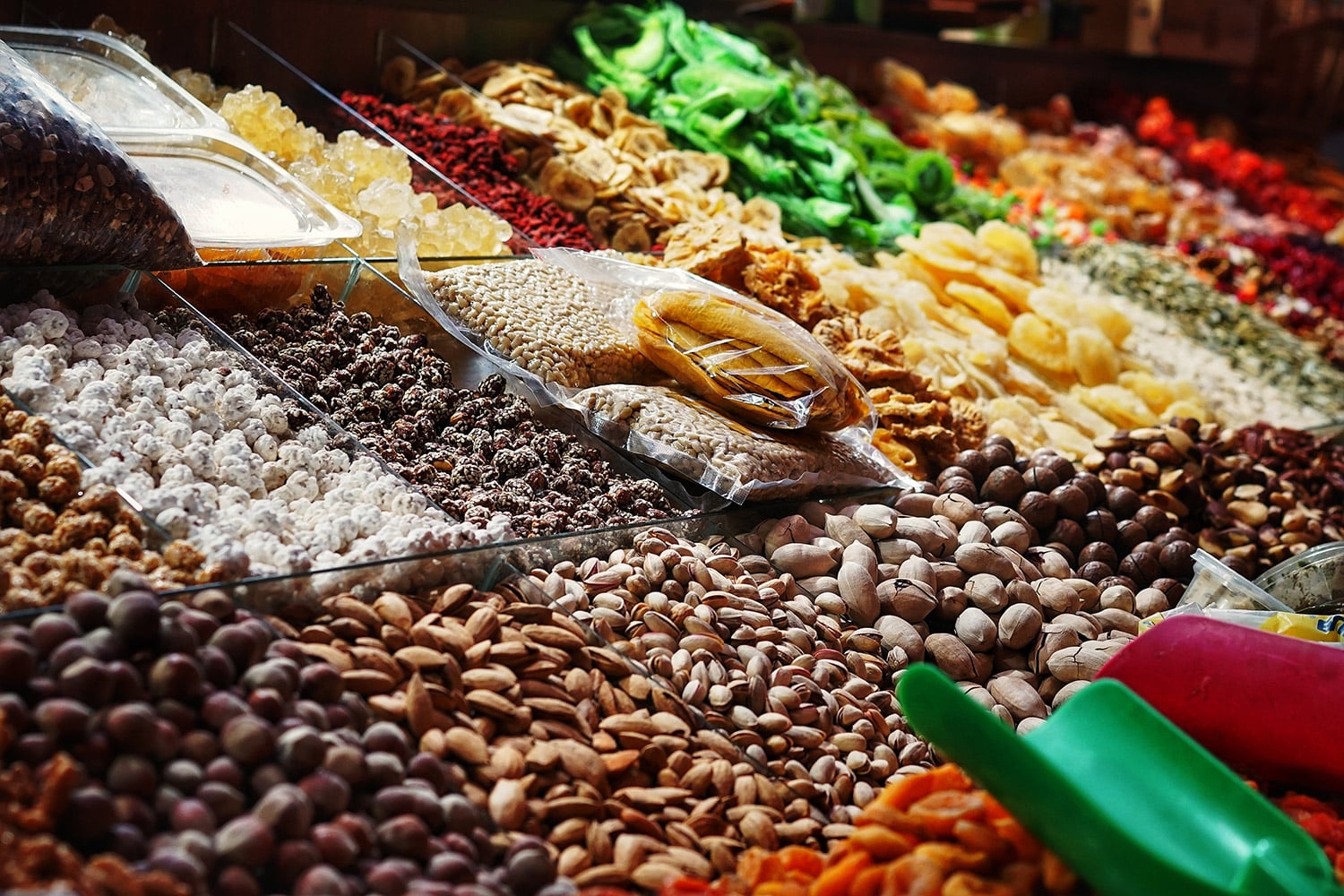
Poems of the famous Iranian poet Hafez are read aloud along with other poetry and songs. The recitations about the sun’s revival after winter are thought to banish evil and invite longevity, health, and joy.
Pomegranate, watermelon, and citrus fruits are eaten as their red color invokes the crimson hues of dawn and the glowing sunlight. Reflecting Persian traditions, Yalda food contains many ingredients that are symbolic of or are eaten for specific benefits. Walnuts signify blessing, resilience, and nourishment. Dried figs, dates, and apricots boost energy.
A key belief is that eating summer fruits during the cold winter will protect against illness. Yalda customs are focused on health, community and family bonding, and giving thanks for life’s blessings.
Chaharshanbe Suri – Jumping Over Fire
Chaharshanbe Suri takes place on the eve of the last Wednesday before Nowruz.
‘Chahar shanbe’ translates to Wednesday and ‘suri’ refers to the color red or celebration. Bonfires are lit and people leap over the flames as a ritual purification to prepare for Nowruz.
The tradition has Zoroastrian roots. Zoroastrians considered fire to represent light, warmth, and joy. Jumping over fire signified burning away misfortune to make way for new beginnings. Loud cries of “zardi-ye man az to” are called out while jumping to avoid sickness and evil.
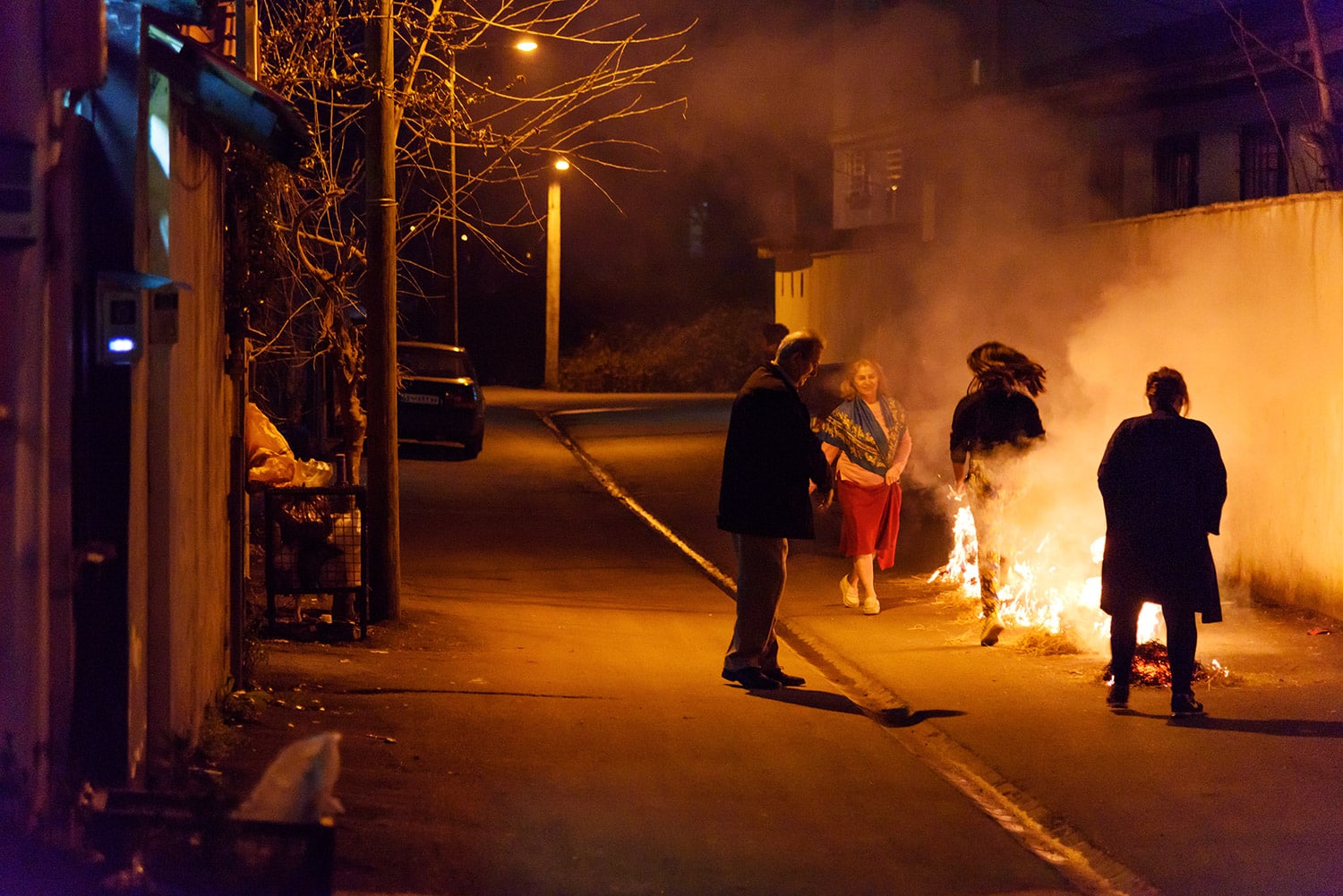
Over time, Chaharshanbe Suri has turned into a festive social event. Large numbers gather around fires on streets or in alleys, sharing festive snacks, dancing, and singing. Fireworks and sparklers fill the skies with dazzling color.
While the occasion is one of celebration, Chaharshanbe Suri can be very noisy and sometimes dangerous due to the excessive use of firecrackers and fireworks.
Ramadan and Eid-al Fitr – Marking the End of a Holy Month
Ramadan is the holy Islamic month of fasting, practiced widely by Iran’s Muslim majority.
From dawn to dusk each day of Ramadan, Muslims abstain from eating, drinking, and smoking to grow closer to God through sacrifice and spiritual reflection.
Every day before sunrise, observant Muslims wake for Sehri, a pre-fast meal. At sunset, the fast is broken with Iftari, an evening meal, traditionally beginning with dates and sweets.

Ramadan culminates with the joyous festival of Eid ul-Fitr. The morning of Eid begins with ritual prayers, followed by hearty meals, family visits, and in some cases, gift exchanges.
The communal solidarity and spirituality cultivated during Ramadan carry through to the Eid festivities. With its emphasis on empathy, charity, and devotion, Ramadan embodies core values in Iranian society.
Sepandarmazgan – Celebrating Earth and Creation
This is an ancient Persian festival honoring the earth, women, and motherhood.
Sepandarmazgan translates to ‘Earth-Creator’, about the Zoroastrian supreme deity Ahura Mazda.
The festivities take place on the day of Tir in the Persian calendar, which falls in June or July. Sepandarmazgan celebrates the earth’s ecosystems and the original creation of plants, animals, and humans.
Special ceremonies are held giving thanks for the earth’s bounty and praying for the wellbeing of all living things. Offerings of flowers and milk are made to represent purity, life, and nourishment from the earth.
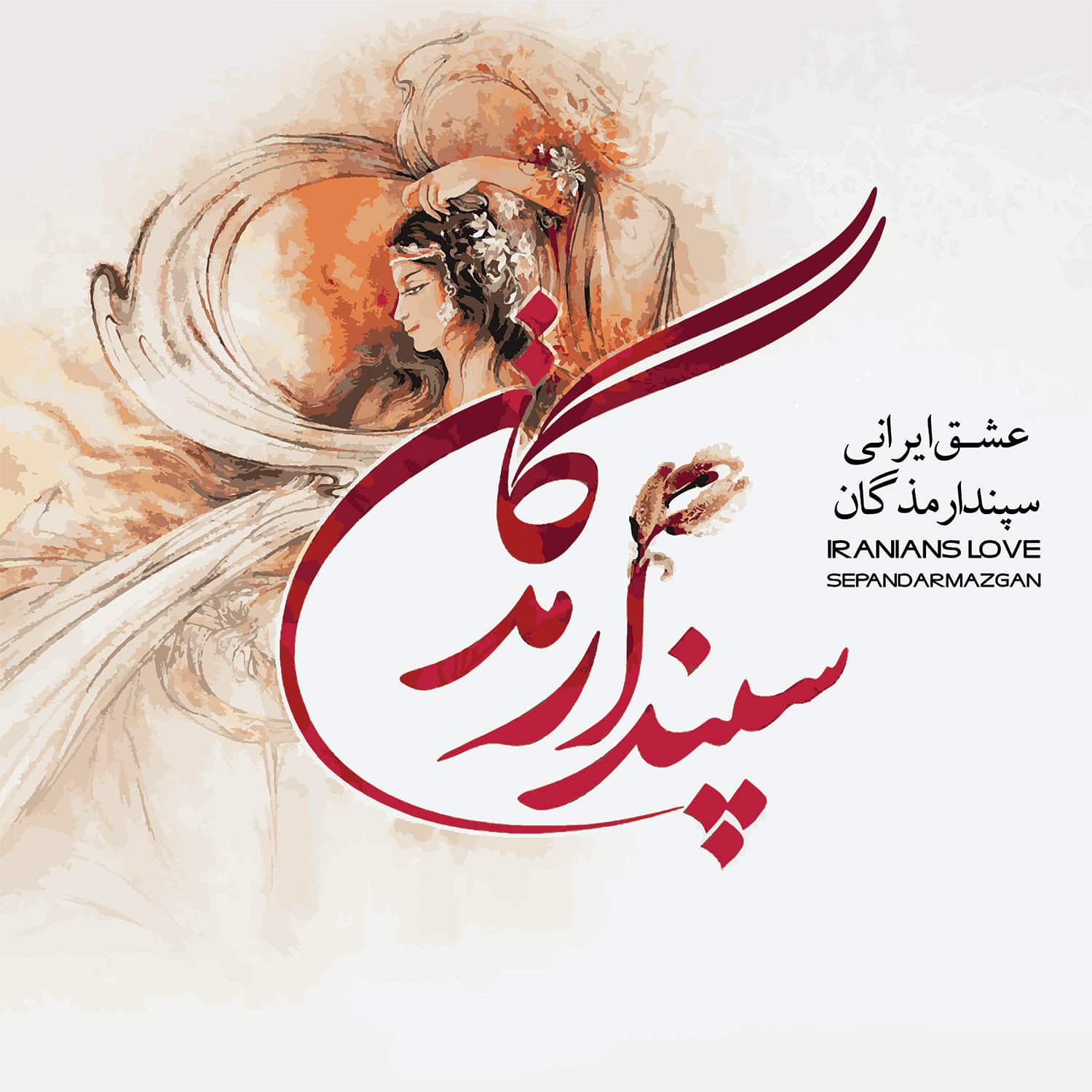
Sepandarmazgan also honors femininity, mothers, and women’s life-giving powers. Gifts of flowers, sweet pastries, and dressing items are often exchanged.
By honoring the earth and femininity, Sepandarmazgan represents the harmony between humanity and nature. It is a joyful celebration of creation, nourishment, and the planet’s ecological balance.
Final Words
Iran’s many festivals and celebrations offer just a glimpse into the country’s ancient, sophisticated, and meaningful cultural traditions. Beyond the traditions and festivities, they embody core social values like renewal, spirituality, love, and social justice.
Iranians proudly carry forward and reinvent these traditions into the modern era. The welcoming hospitality, artistry, and strong sense of community remain at the heart of society. Exploring the rituals and customs around holidays and events gives insight into Iran’s diverse heritage and vibrant national identity.
